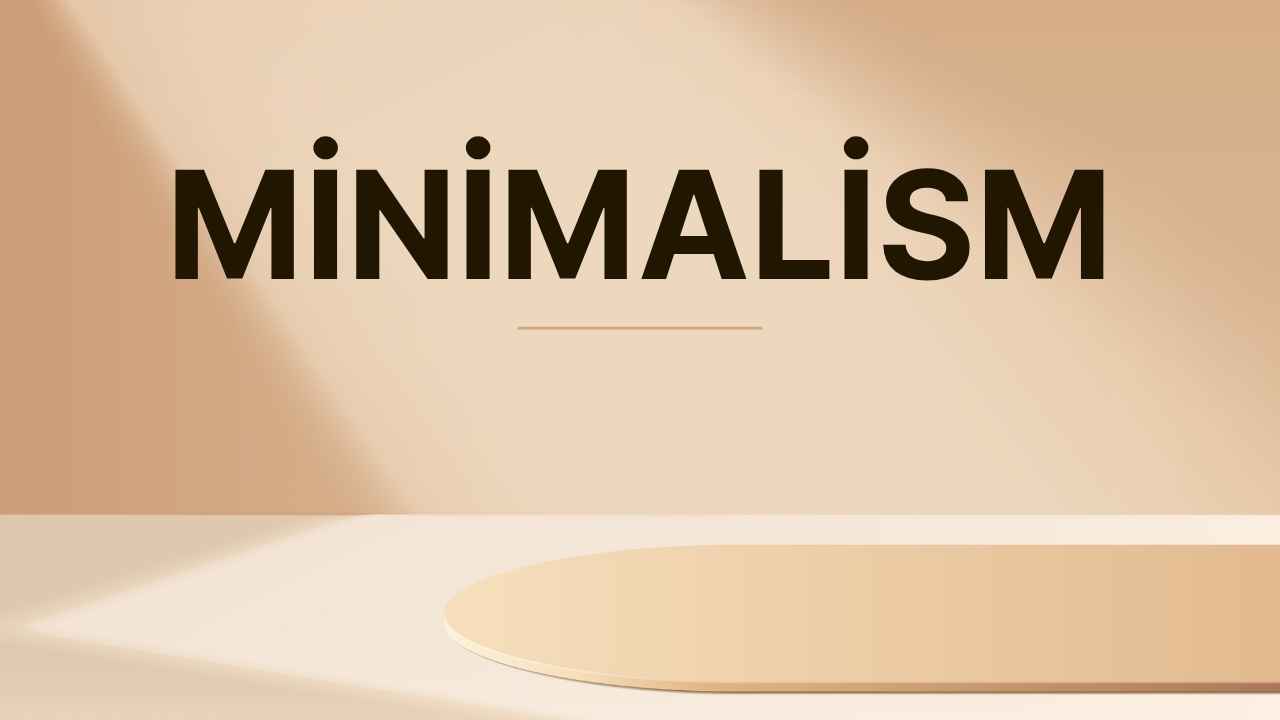In recent years, the trend of minimalism has surged in popularity, with many individuals embracing the idea of living with less to create a more fulfilling life. This concept extends beyond mere aesthetics; it touches on the profound impact that reducing clutter and simplifying one’s environment can have on mental well-being and overall quality of life.
What is Minimalism?
At its core, minimalism is a lifestyle choice that prioritizes intentionality. Instead of accumulating material possessions, minimalists focus on meaningful experiences and relationships. This shift not only alleviates the weight of excess belongings but also helps individuals cultivate a more mindful existence.
Who is Embracing Minimalism?
A wide array of individuals are turning to minimalism, from college students striving to save money to families seeking to reduce stress. Notably, the documentary series “Less Is Now” by The Minimalists has reached millions, inspiring countless viewers to reconsider their consumption habits. Influencers on platforms like Instagram and TikTok are showcasing their minimalist journeys, further popularizing this lifestyle shift.
Where is Minimalism Gaining Popularity?
Minimalism is transcending geographical borders, with significant followings in urban centers such as New York City, San Francisco, and Tokyo. Many cities are witnessing a rise in minimalist architecture, where homes are designed with simplicity in mind, maximizing space and functionality over material possessions.
When did the Minimalism Movement Begin?
While the principles of minimalism have existed for centuries, the modern movement began gaining traction in the late 2000s. Influenced by various cultural shifts—ranging from economic downturns to environmental concerns—people began to rethink their purchasing habits and lifestyle choices.
Why Choose Minimalism?
Choosing a minimalist lifestyle offers numerous benefits, including:
- Reduced Stress: Less clutter leads to a calmer mind.
- Financial Freedom: Spending less allows for savings and investment in experiences.
- Environmental Impact: Decreasing consumption contributes to a healthier planet.
- Enhanced Focus: Fewer distractions enable better productivity and creativity.
How to Get Started with Minimalism?
Beginning your minimalism journey can feel overwhelming, but breaking it down into manageable steps can help:
- Start Small: Declutter one room or one area of your home at a time.
- Assess Your Belongings: Determine what items are truly essential.
- Adopt Mindful Consumption: Before making purchases, ask whether the item adds value to your life.
- Focus on Experiences: Invest in activities and relationships, rather than possessions.
Conclusion: Embracing Minimalism for a Better Life
As the shift towards minimalism continues to grow, more people are discovering the transformative power of living with less. By focusing on what truly matters, individuals can cultivate a life filled with meaning and fulfillment. This simplified lifestyle not only benefits personal well-being but also contributes positively to the environment.
